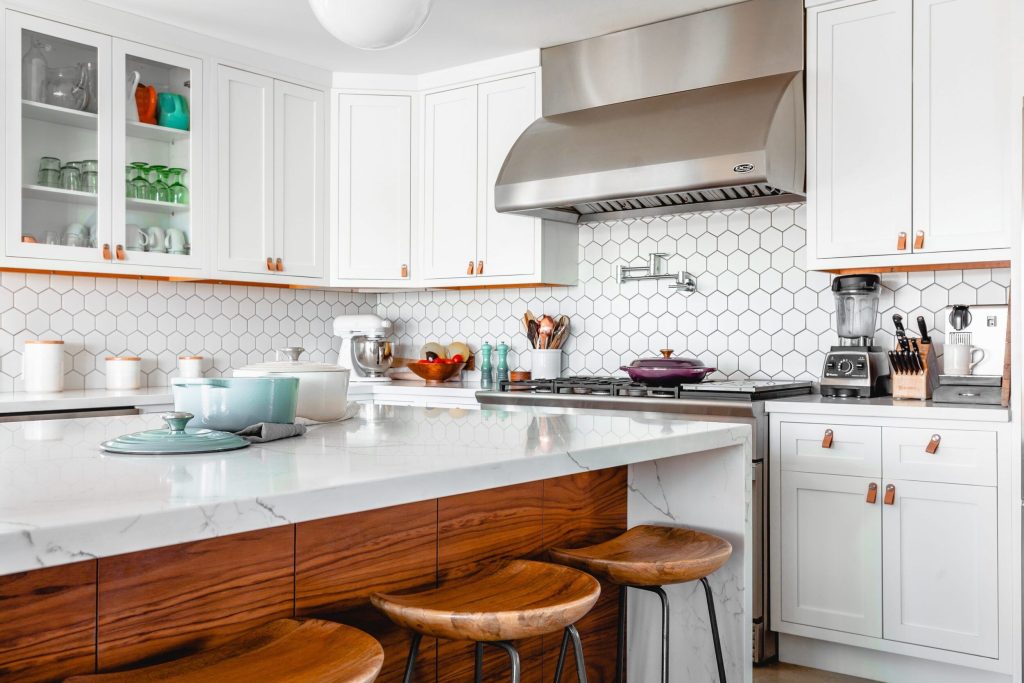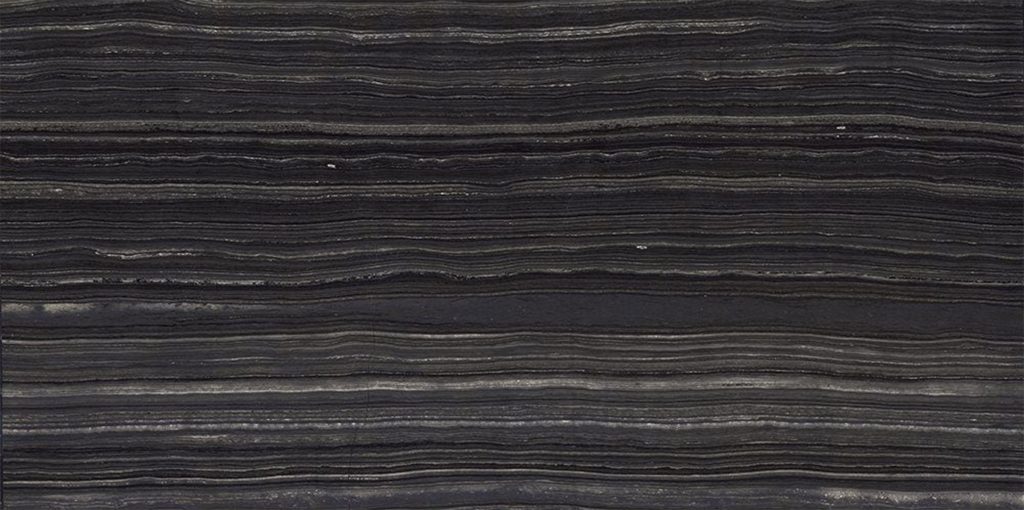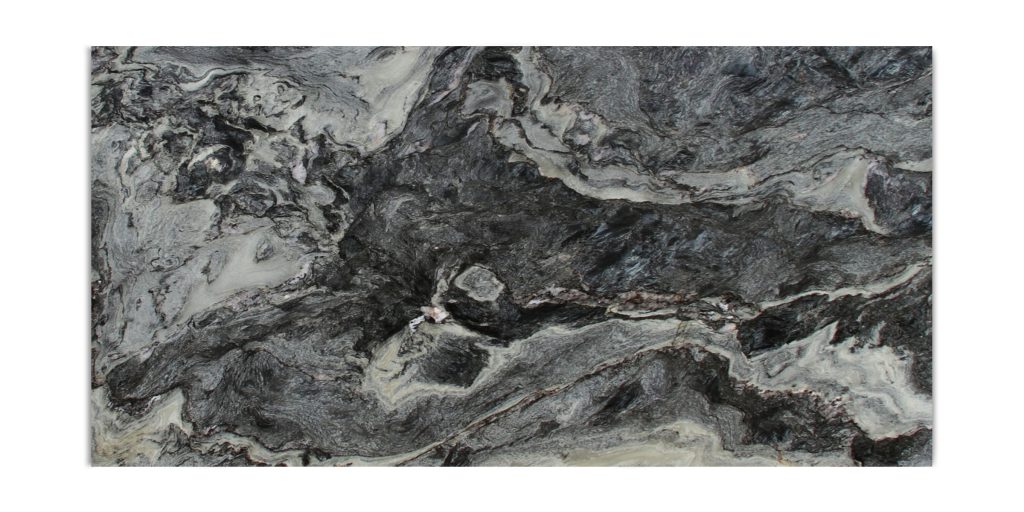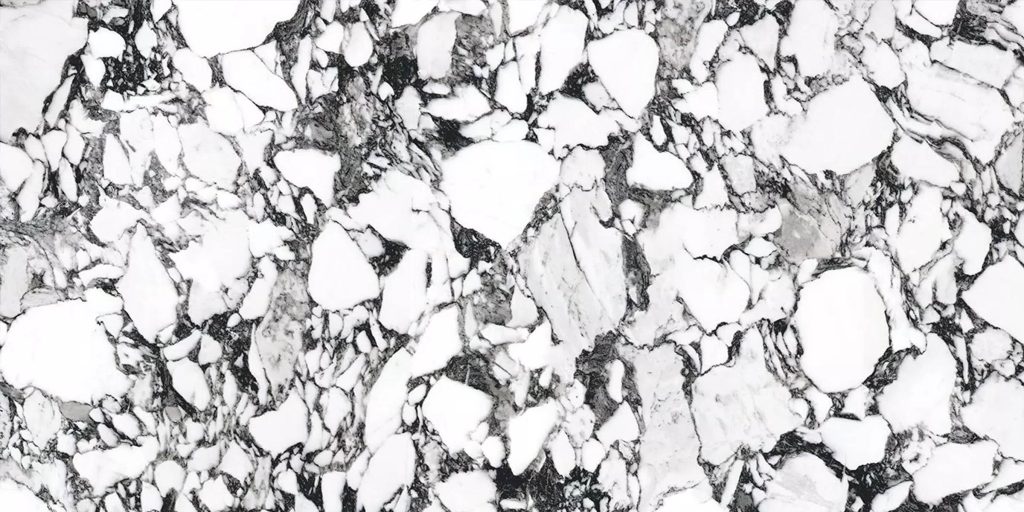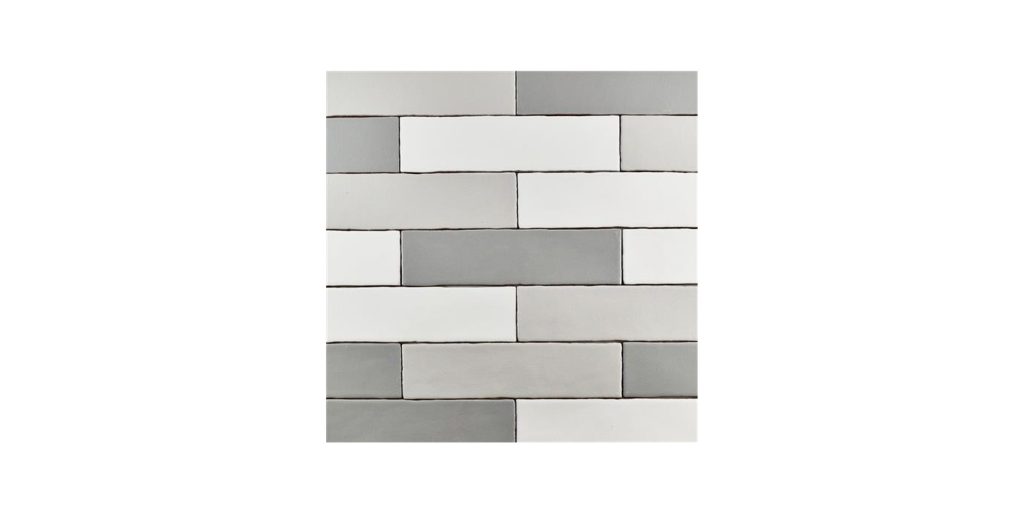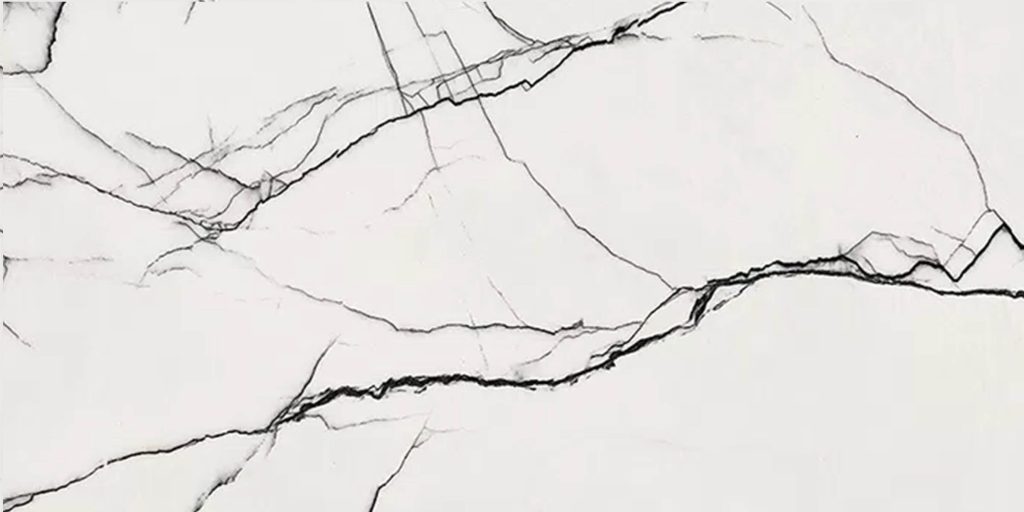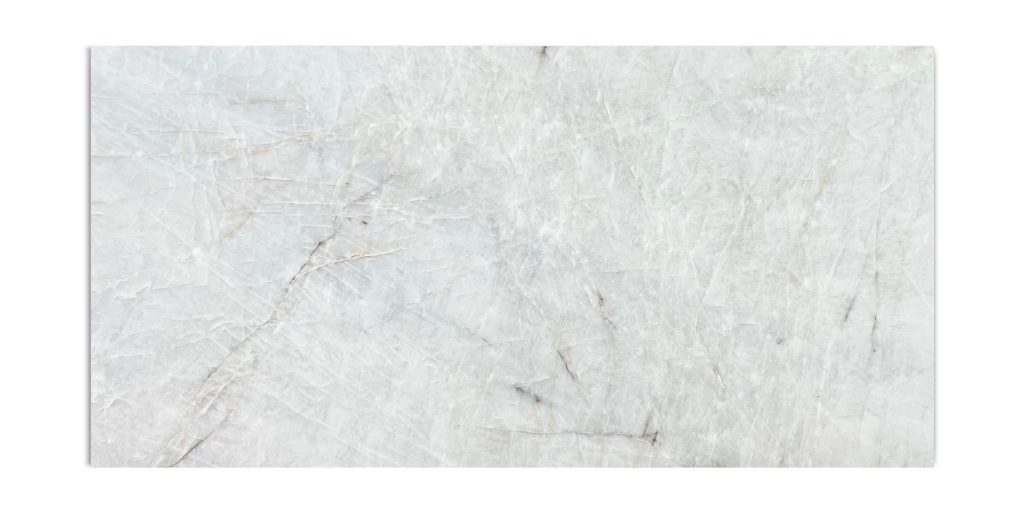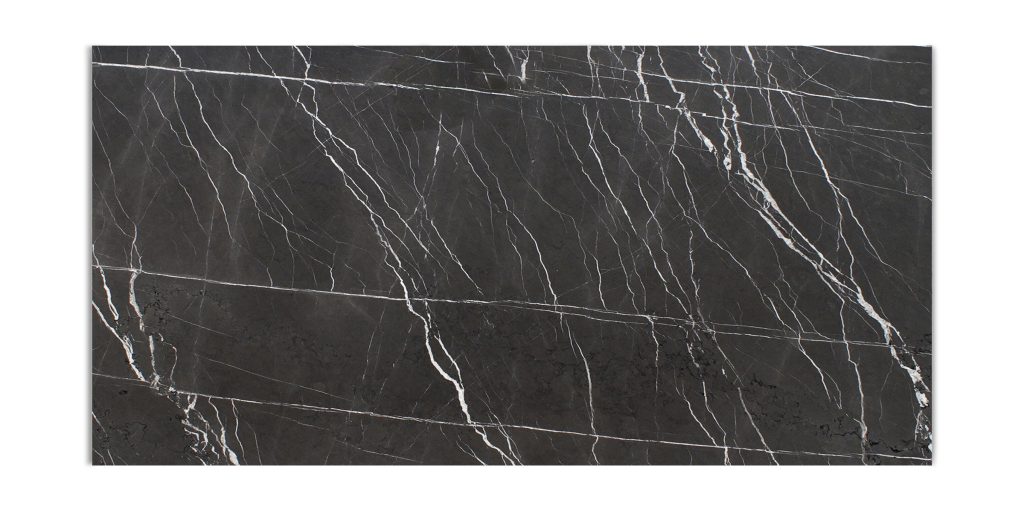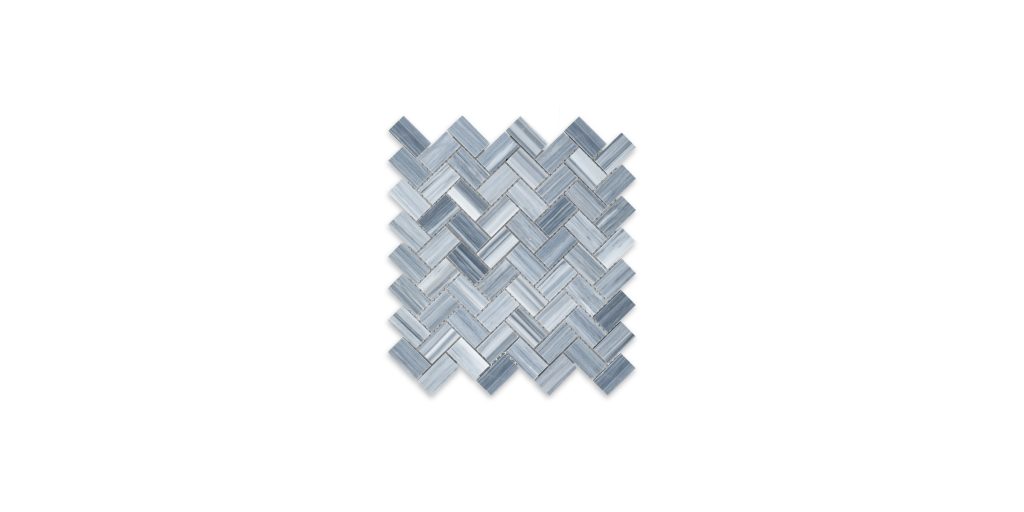What is the best pattern to lay flooring?
-
By
Hanul
What is the best pattern to lay flooring? When it comes to flooring, the way it is laid can have just as much impact on the overall aesthetic as the material itself. Choosing the right pattern can elevate your space, making it feel more spacious, stylish, or even more traditional. Here, we break down the most popular flooring patterns and their advantages to help you decide which is the best for your home.
1. Straight Lay
This is the most common and straightforward pattern, where flooring planks or tiles are laid parallel to each other along the length or width of the room. The straight lay pattern creates a clean and simple look, making it a go-to for minimalist and modern interiors.
Best for: Small to medium-sized rooms, areas with intricate furniture, and when you want the flooring to blend subtly into the design.
Pros:
-
Easy to install, making it budget-friendly.
-
Works well with any type of flooring material, including hardwood, laminate, and tile.
Cons:
-
May feel too plain for those looking for a bold statement.
2. Diagonal
The diagonal pattern involves laying planks or tiles at a 45-degree angle to the walls. This pattern can make a room appear larger and more dynamic.
Best for: Small or narrow spaces where you want to create the illusion of more space.
Pros:
-
Adds a sense of movement and sophistication.
-
Visually expands the room.
Cons:
-
Requires more precision and material, making it slightly more expensive.
-
May be more challenging to install.
3. Herringbone
Herringbone is a classic pattern where planks are laid in a zigzag formation, creating a chevron-like effect. This timeless design is often associated with luxury and elegance.
Best for: Formal spaces such as dining rooms, hallways, or entryways.
Pros:
-
Adds texture and visual interest.
-
Works well with hardwood or luxury vinyl planks.
Cons:
-
Requires a skilled installer.
-
Can be costlier due to labor and material needs.
4. Chevron
Similar to herringbone, the chevron pattern features planks cut at an angle to create a seamless zigzag effect. This pattern is sleek and contemporary, offering a more uniform look compared to herringbone.
Best for: Modern interiors, feature floors, or accent spaces.
Pros:
-
Creates a bold and polished look.
-
Perfect for statement areas.
Cons:
-
Material must be cut at precise angles, increasing costs.
-
Requires experienced installation.
5. Random Stagger
This pattern involves laying planks or tiles of different lengths in a random arrangement. The result is a natural, organic look that mimics traditional hand-laid floors.
Best for: Rustic, farmhouse, or industrial-style interiors.
Pros:
-
Hides imperfections and irregularities well.
-
Easy to install without needing a precise layout.
Cons:
-
Can feel chaotic in very small spaces.
6. Basketweave
The basketweave pattern interlocks planks in a woven style, creating a retro and textured appearance. It works particularly well with square tiles or small planks.
Best for: Bathrooms, kitchens, or spaces where you want a vintage vibe.
Pros:
-
Unique and eye-catching.
-
Adds depth to smaller areas.
Cons:
-
Installation can be intricate.
-
Doesn’t suit large-scale planks as well.
7. Brick or Stacked Bond
This pattern mimics the look of traditional brick walls, with tiles or planks laid in staggered rows. It creates a symmetrical and clean look.
Best for: Transitional and contemporary interiors, as well as outdoor spaces.
Pros:
-
Simple to install and aligns well with most room shapes.
-
Provides a clean, balanced look.
Cons:
-
May feel repetitive in larger spaces.
Choosing the Right Pattern
When selecting the best flooring pattern, consider the following factors:
-
Room size and shape: Diagonal or herringbone patterns can make small spaces feel larger, while straight lay or random stagger patterns work well in large rooms.
-
Style and décor: Traditional designs pair beautifully with herringbone and basketweave, while modern aesthetics align with straight lay or chevron.
-
Budget: Intricate patterns like chevron or herringbone may require more material and labor, so consider your budget when making a choice.
Final Thoughts
So what is the best pattern to lay flooring? The best flooring pattern ultimately depends on your personal style, the function of the room, and the ambiance you wish to create. Whether you choose a simple straight lay or an elaborate herringbone design, the right pattern can transform your space into something truly special. Take your time to plan and consult with a professional installer to bring your vision to life!


